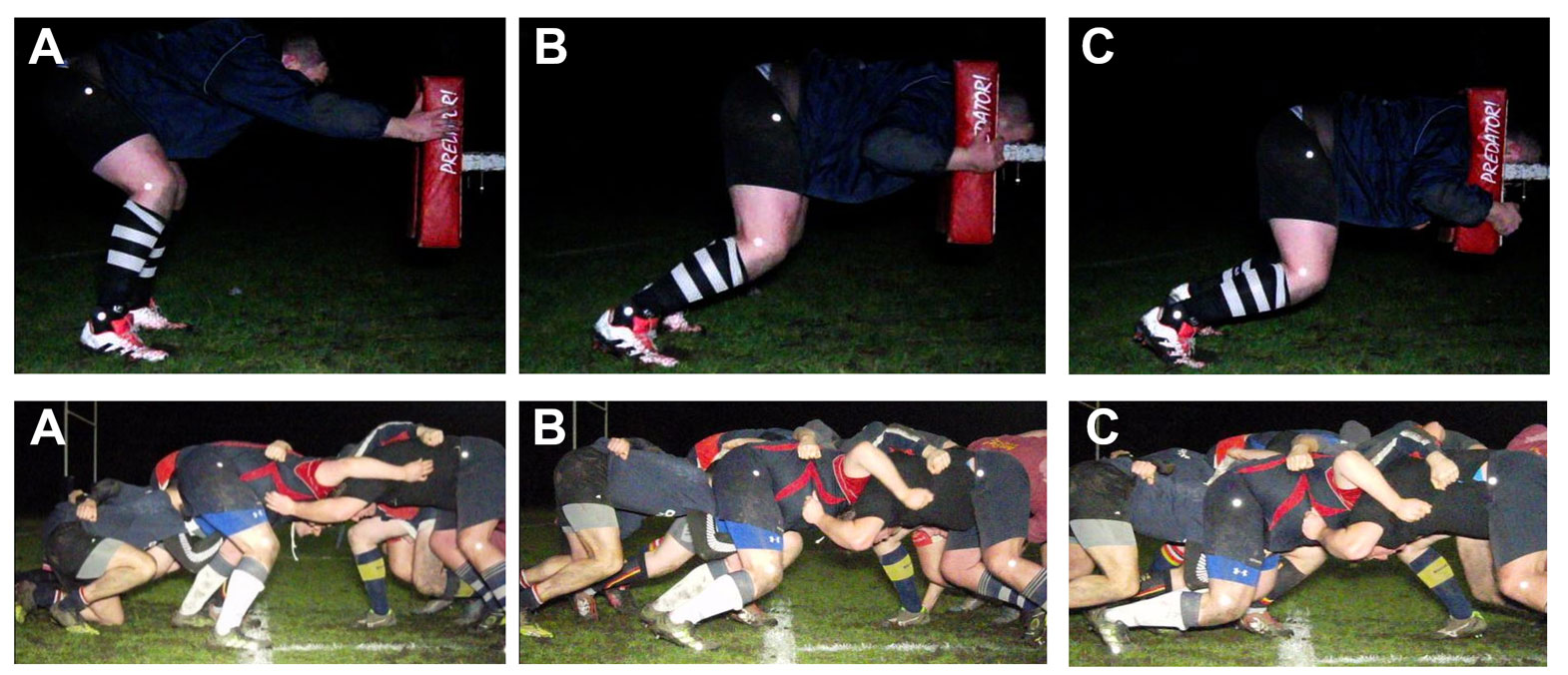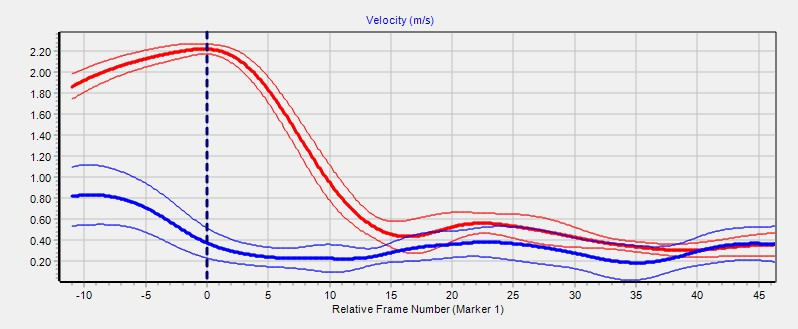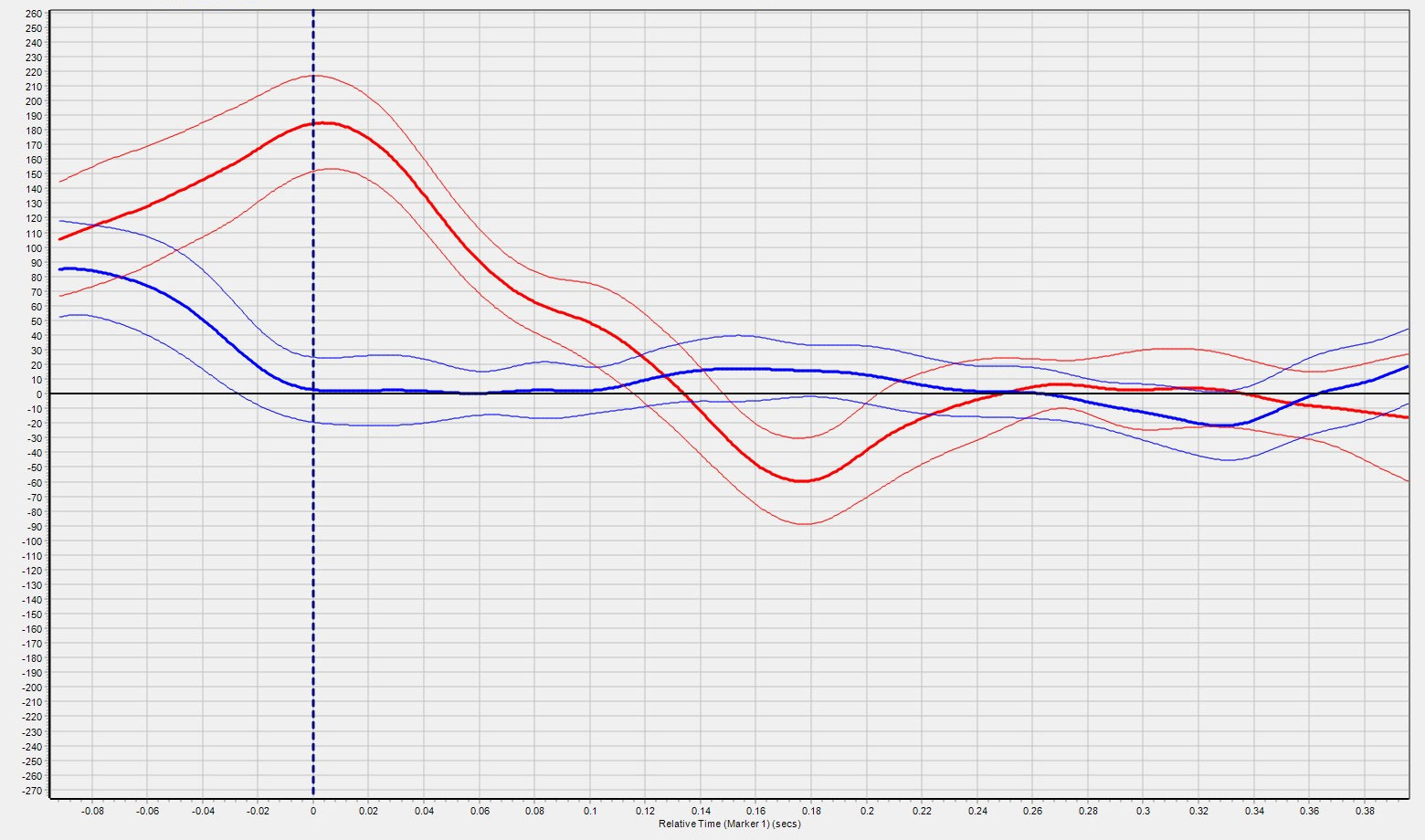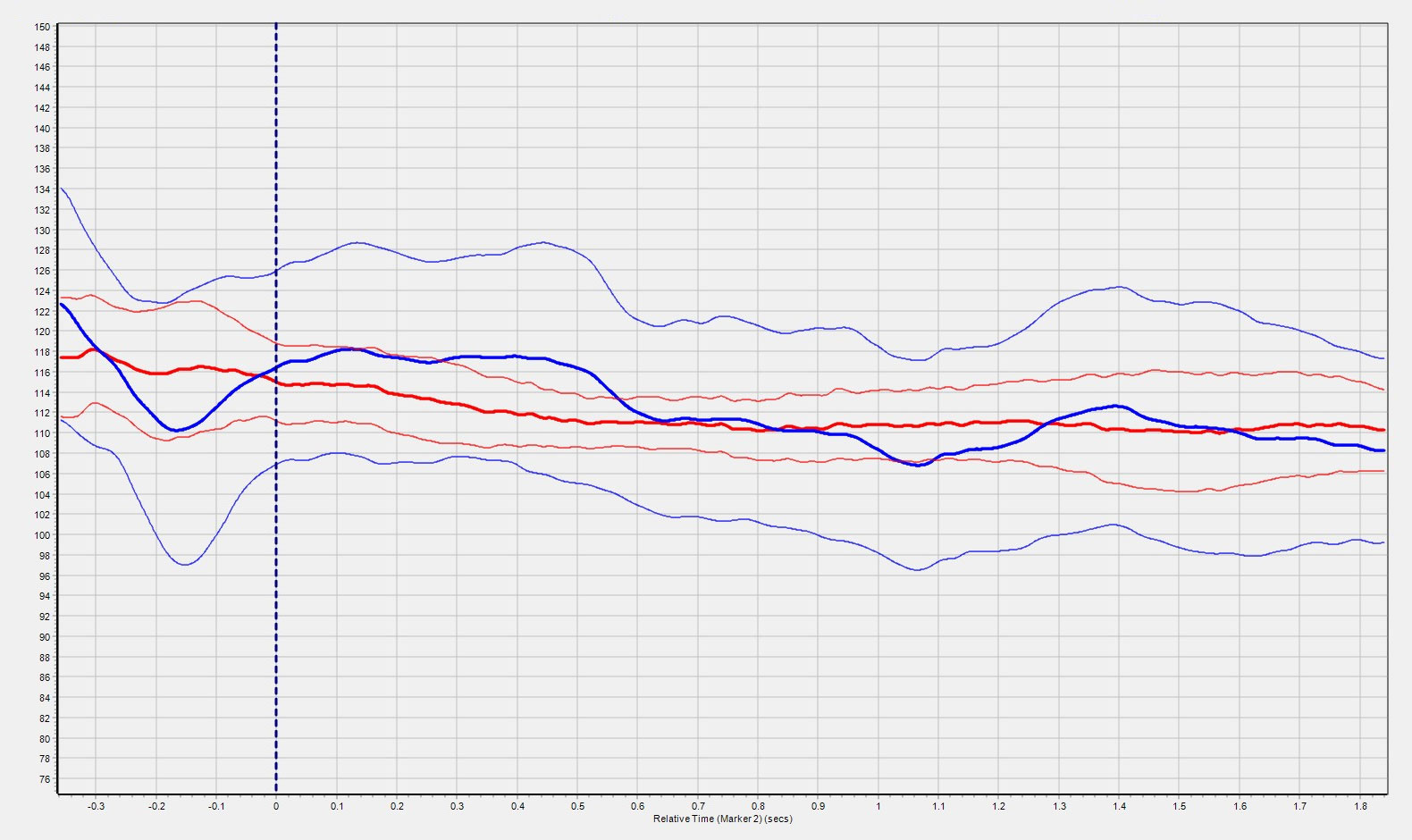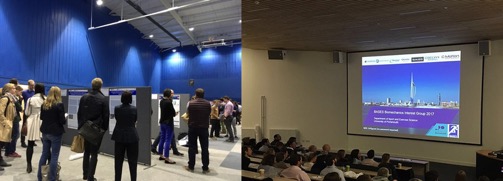Q4E Case Study 31 – Rugby Union Scrummaging (Machine vs Human)
|
Proposed subject useage
|
||
|
Sports Science / Mathematics / Physics |
Introduction
With approximately 25 scrums per game it has become a skill where dominance can result in performance advantages (Quarrie et al., 2013). This requires a large forward force, long associated with a “low body position”: flat back parallel to the ground and a knee angle of 115-125° (Hislop, 1982). This is supported by Quarrie and Wilson (2000) who suggest a negative correlation between hip and knee angle, and forward force production in a parallel stance.
Scrum machines are widely used to replicate conditions of a scrum during training. However, there is little literature supporting the scrum machine’s effectiveness in developing an efficient in-game scrummaging technique.
The aim of this study is to examine the differences in angles and velocities of the hip and knee when scrummaging against a machine alone and with a modified scrum of five.
Methods
Participants: Data was collected on two amateur rugby union props. Neither participant had history of lower leg surgery.
Procedure:
- Players were recorded during two scrummaging conditions: alone against a scrummaging machine (Predator, Devon, UK) and with a modified pack size of five in a live scrum.
- Retro-reflective markers (15mm) were placed on joint centres according to the protocol in Figure 1.
- Data was captured using a high-speed camera (EX-FH100, Casio, Japan), recording at 120 frames per second (fps).
- Players followed the current IRB engagement protocol and completed a 3 second maximal effort.

